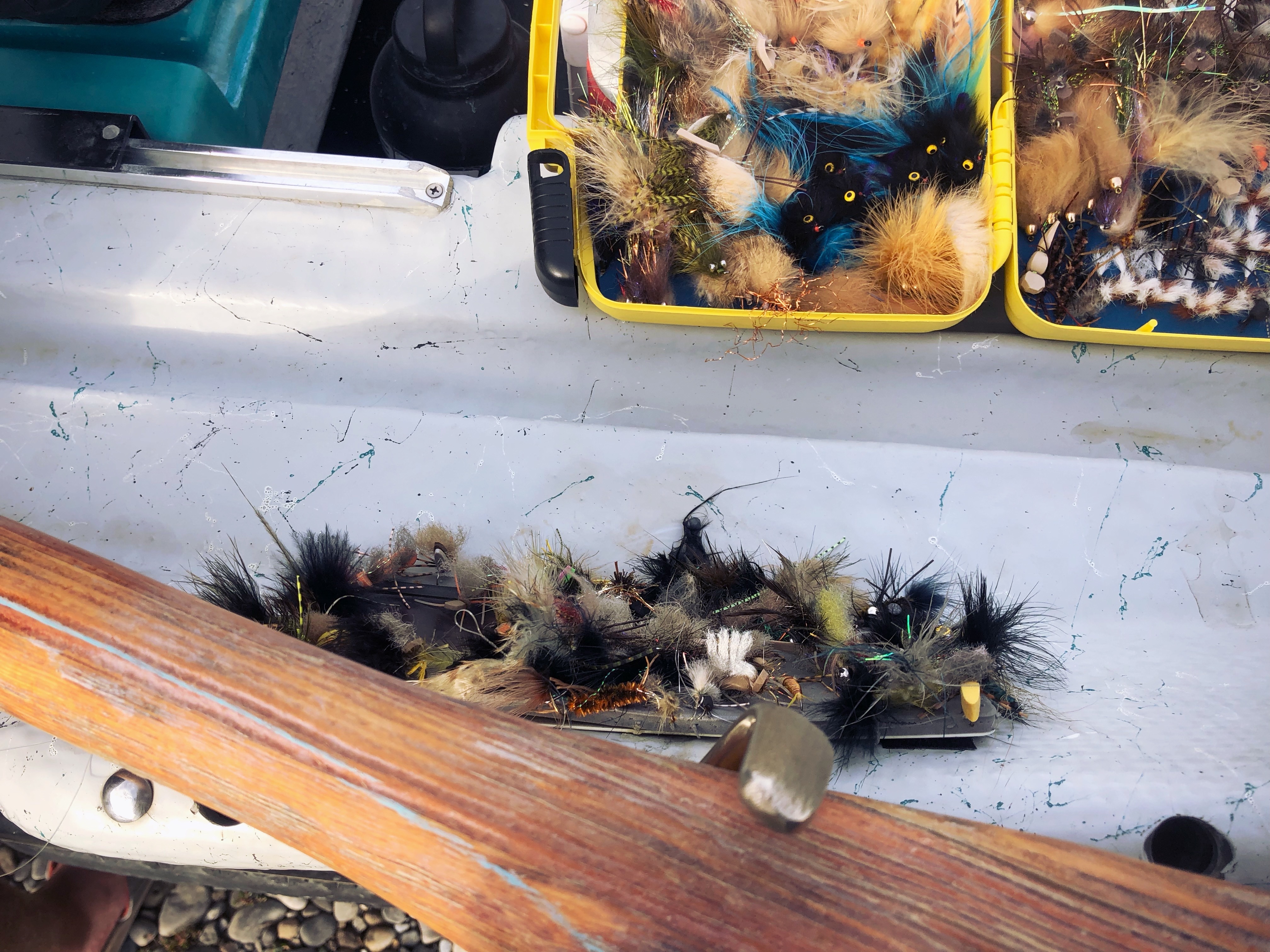Go Deep in the Name of Trout Research

Go Deep in the Name of Trout Research
I’ve spent many hours in scuba gear, hanging on to rocks in rivers, just watching trout eat. Snorkeling is cool and informative, but you’re always bobbing up and down, just to breathe, and that’s not as steady a baseline as being able to spend an hour on the bottom of a run, which I did a number of years ago for Field & Stream. Here are the six main takeaways from that research:
1. I was amazed that I could get so close to fish (within arm’s reach) and watch them in a normal routine. Why? Because trout aren’t used to a six-foot-long, neoprene-clad, bubble-blowing blob hanging out with them. They don’t know how to process that information.
2. What does spook them most of all (and it’s not close) are shadows and motions overhead. Think about that the next time you are false casting over a fish, and always consider the sun’s position.
3. A great nymph angler misses fifty percent of strikes.
4. Most trout won’t move more than a vertical foot to eat a nymph. Emergers and dries are different stories, but nymph fishing is all about weight and depth.
5. Yarn indicators look more “natural” from below and they make less noise when they land than bobber indicators.
6. Even after a fish is disturbed and gets off its routine (as in, they’ve just had a kayak go over them), it takes seconds, maybe minutes, for them to settle back into a routine. So, don’t sweat the tubers.
Plug in one of these takeaways the time you head to the river and see if it improves your experience.
.svg)








